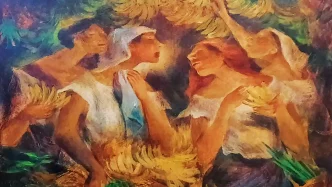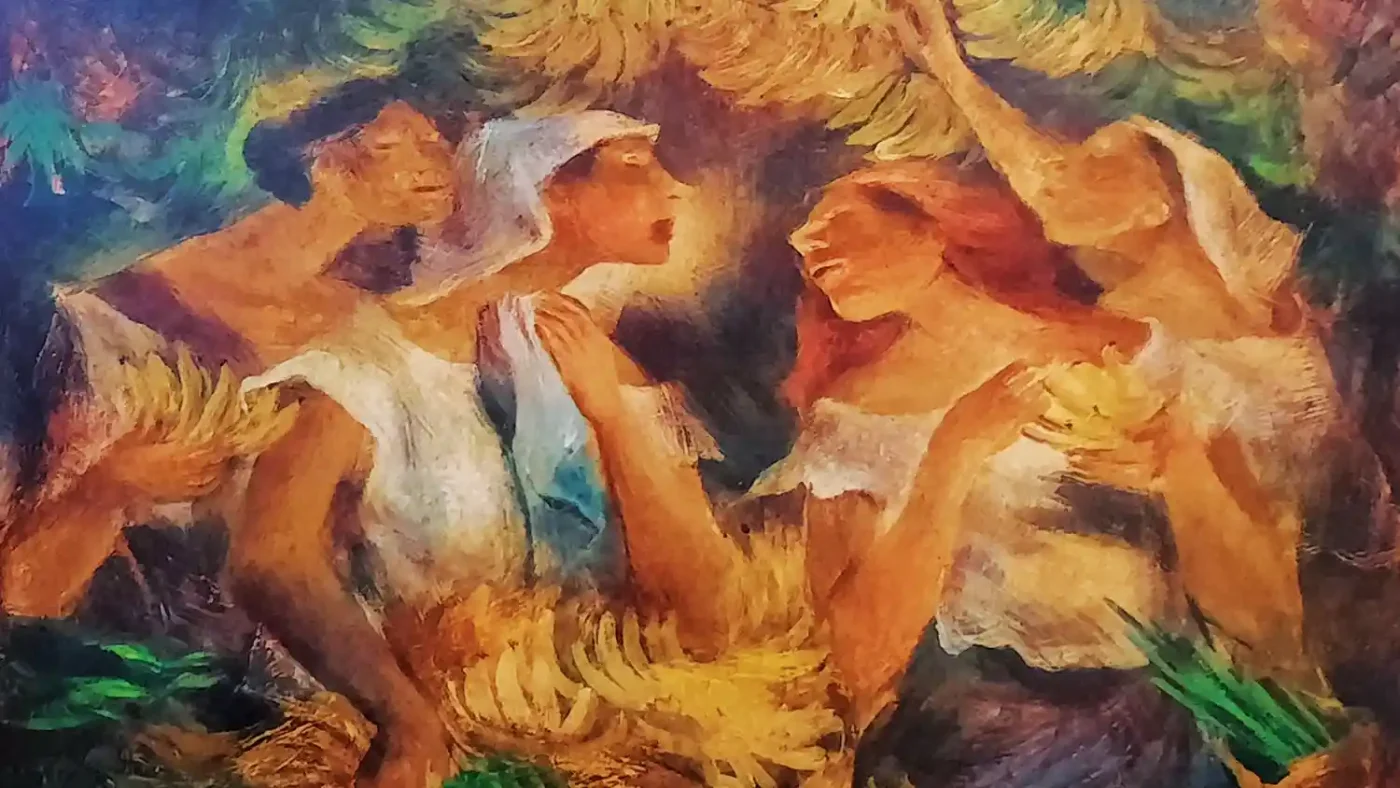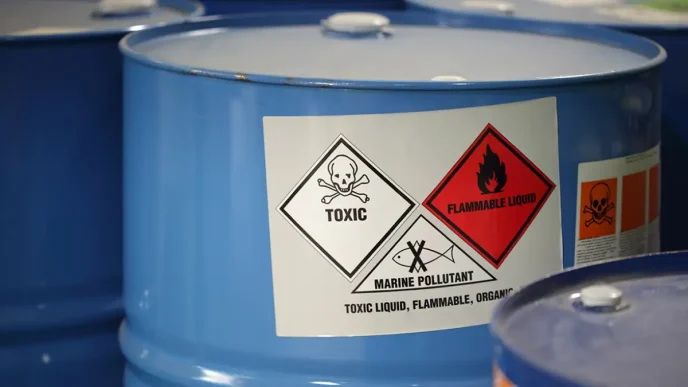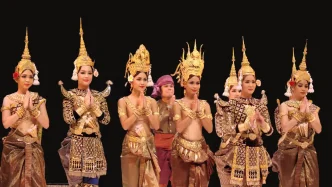In the heart of the Philippines’ vibrant art scene, a quiet renaissance is unfolding. Filipino artist Anita Magsaysay-Ho, a pioneer of modern Philippine art, has left an indelible mark through her mastery of egg tempera—a rare and ancient painting technique that blends pigment with egg yolk to create luminous, enduring works. Her dedication to this nearly forgotten medium, rooted in the traditions of the European Renaissance, offers a bridge between past and present, captivating a new generation of art lovers and historians.
A Technique from Another Era
Egg tempera, a medium favored by Renaissance masters like Botticelli and Fra Angelico, demands precision and patience. The process involves mixing dry pigments with egg yolk and a touch of water or vinegar, creating a fast-drying paint that must be applied in thin, meticulous layers. Unlike oil paints, which allow for blending and corrections, tempera offers little room for error, requiring artists to plan every stroke. Once dry, the result is a luminous, almost ethereal quality that seems to glow from within—a hallmark of Magsaysay-Ho’s work.
Born in 1914 in Manila, Magsaysay-Ho trained at the University of the Philippines School of Fine Arts and later honed her skills in the United States at the Cranbrook Academy of Art. It was there that she encountered egg tempera, a technique rarely taught in modern curricula. Drawn to its challenges and historical depth, she adopted it as her signature medium, using it to depict quintessentially Filipino scenes—market vendors, rural women, and everyday life—with a warmth and clarity that resonated deeply with viewers.
A Window into Filipino Identity
Magsaysay-Ho’s paintings often center on the strength and grace of Filipino women, portraying them as central figures in community life. Her use of egg tempera enhances these themes, lending a timeless quality to her subjects. Works like “Fruit Vendors” and “Women with Baskets” capture the vibrancy of local markets, with colors that remain vivid decades after they were painted, thanks to the durability of the medium. Her art not only celebrates Filipino culture but also elevates it through a technique steeped in global art history.
Art historians note that Magsaysay-Ho’s choice of egg tempera was both a technical and symbolic decision. By employing a method tied to the Renaissance—a period of cultural rebirth in Europe—she subtly mirrored the Philippines’ own journey of post-colonial identity formation. Her paintings became a dialogue between East and West, tradition and modernity, resonating with audiences both locally and internationally.
Challenges of a Forgotten Craft
Despite its beauty, egg tempera is a labor-intensive and unforgiving medium, which may explain why it fell out of favor with the advent of oil and acrylic paints. The preparation alone—separating egg yolks, grinding pigments, and ensuring the right consistency—can be daunting. Moreover, the technique requires a rigid surface like wood or panel, as canvas cannot withstand the medium’s demands. For Magsaysay-Ho, these challenges were part of the allure, a test of discipline that mirrored her commitment to her craft.
Today, few artists in the Philippines or elsewhere work with egg tempera, making Magsaysay-Ho’s contributions all the more significant. Her pieces, housed in collections like the Cultural Center of the Philippines and private galleries, serve as a reminder of what can be achieved through dedication to traditional methods. Yet, there is a growing concern among curators that without renewed interest, the knowledge of egg tempera could fade entirely from the contemporary art world.
A Call to Preserve and Inspire
Recent exhibitions of Magsaysay-Ho’s work have sparked curiosity among younger Filipino artists, some of whom are exploring egg tempera as a way to connect with their heritage. Workshops and art programs in Manila are beginning to reintroduce the technique, often citing Magsaysay-Ho as an inspiration. Her legacy is not just in the paintings she left behind but in the potential to revive a lost art form for future generations.
As the Philippines continues to assert its place in the global art scene, Magsaysay-Ho’s story stands as a testament to the power of blending tradition with innovation. Her luminous canvases, glowing with the subtle brilliance of egg tempera, invite viewers to pause and appreciate a craft that refuses to be forgotten. Perhaps, in the quiet strokes of her brush, there lies a lesson for us all—to cherish the old ways even as we forge ahead into the new.
















